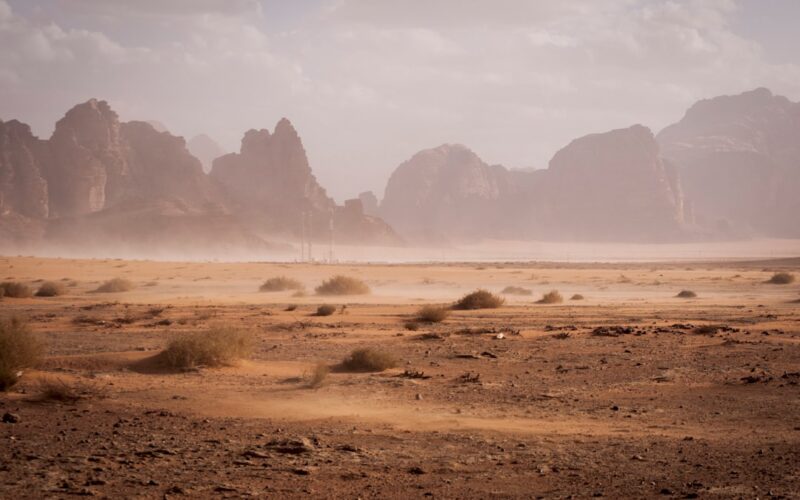In what NASA officials are calling the most promising evidence yet in the search for Martian life, the Perseverance rover has discovered a “potential biosignature” in a rock sample collected from Jezero Crater—a site that was once a riverbed—dating back between 3.2 and 3.8 billion years. The findings, published by an international team led by Joel Hurowitz of Stony Brook University in the journal *Nature*, were unveiled at a NASA press conference on September 10.
Rings, Spots, and ‘Poppy Seeds’ in Ancient Mudstone
The excitement centers on a small, fine-grained, rusty-red mudstone sample named “Sapphire Canyon.” This rock, drilled from the edge of Neretva Vallis—a dry river valley carved by ancient floods—bears ring-shaped features resembling leopard spots and dark marks akin to poppy seeds. According to NASA scientists, these patterns may have formed via chemical reactions involving microbes as the rock solidified during Mars’ wetter past.
Perseverance’s onboard instruments revealed that Sapphire Canyon contains clay, silt, organic carbon, sulfur, oxidized iron (rust), and phosphorus—all elements known on Earth to help preserve evidence of ancient microbial life. “We can’t find another explanation,” said acting NASA Administrator Sean Duffy. “This very well could be the clearest sign of life that we’ve ever found on Mars—which is incredibly exciting.”
A Groundbreaking but Cautious Milestone
Despite the thrill, researchers are careful not to overstate their case. As Hurowitz noted, “The reason, however, that we cannot claim this is more than a potential biosignature is that there are chemical processes that can cause similar reactions in the absence of biology, and we cannot rule those processes out completely on the basis of rover data alone.” In other words: these features might be biological—but they could also result from non-living chemistry.
NASA stresses that while biosignatures—substances or structures potentially of biological origin—are significant milestones, further analysis is needed before confirming life on Mars. The Cheyava Falls rock is now slated for even more detailed study, joining roughly 30 other samples Perseverance has gathered since landing in February 2021.
Still, Lindsay Hays, senior scientist for Mars Exploration at NASA, emphasized how this finding advances our understanding: “The identification of a potential biosignature on the Red Planet is a groundbreaking discovery.”
While we haven’t answered the age-old question “Did life exist on Mars?” just yet, this latest discovery inches us tantalizingly closer than ever before.










